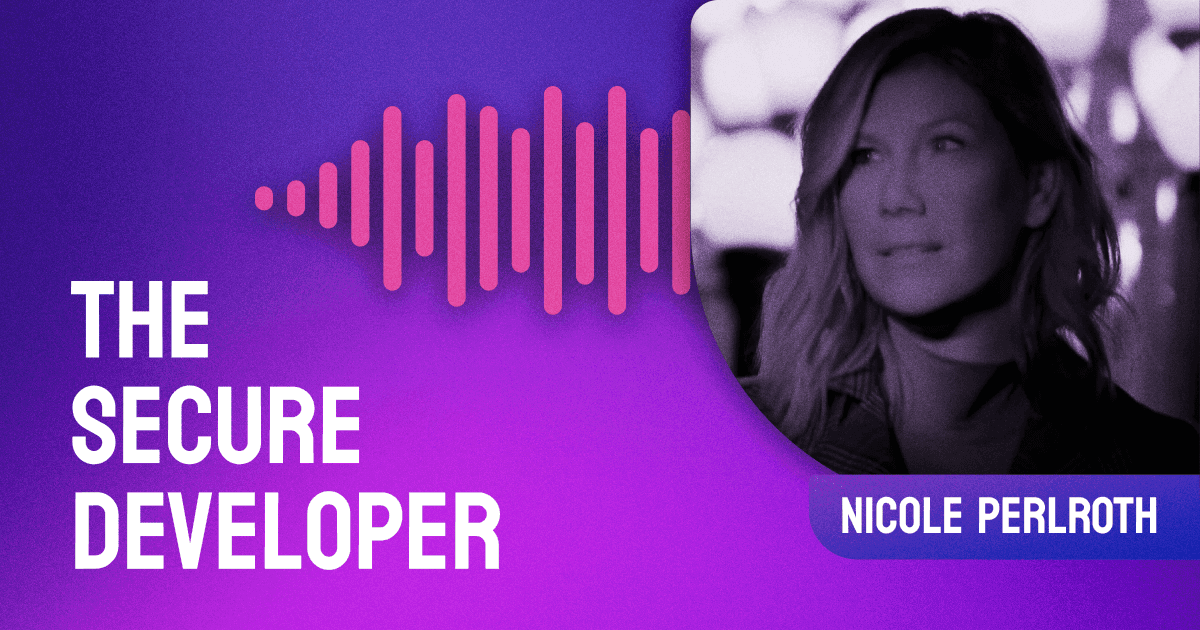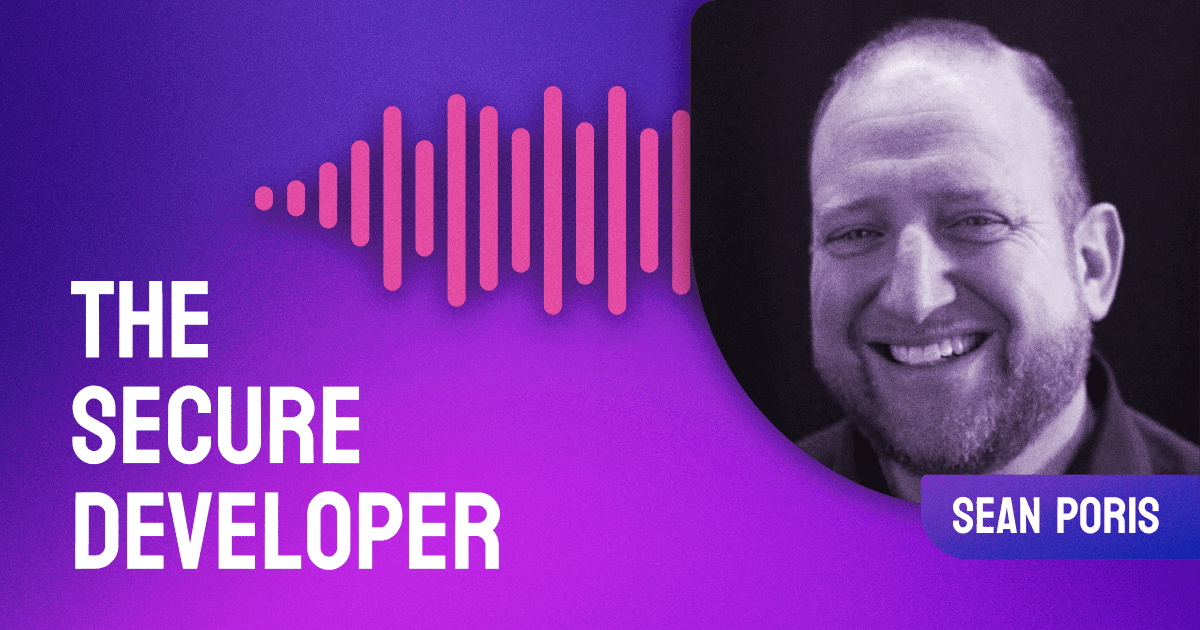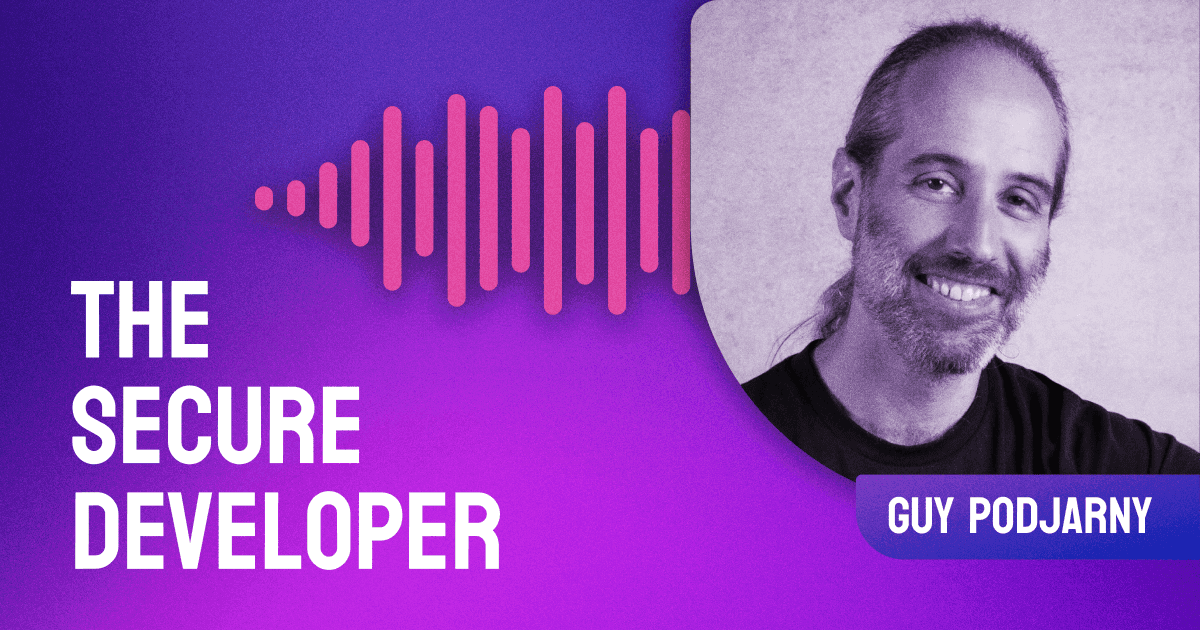In this episode, we are digging into Shift Left, what it really means, and how to accomplish it successfully. Sharing her insight is Rupa Parameswaran, head of security at Amplitude, and a security and privacy expert with 20 years of knowledge behind her.
She works closely with business leaders to create relevant secure by design and secure by default controls that help businesses run efficiently, but also be secure. She shared with us how she has really successfully transformed the security mindsets in the engineering teams at Amplitude.
Learn why Rupa wants developers and business owners to grow their understanding of security, and which metrics she uses to assess security success. Tune in to learn all about the evolving list of capabilities essential to security teams, and Rupa shares her thoughts about the future of security and standardization.





